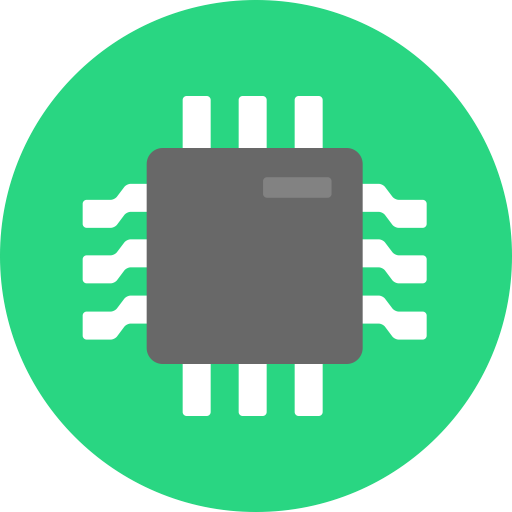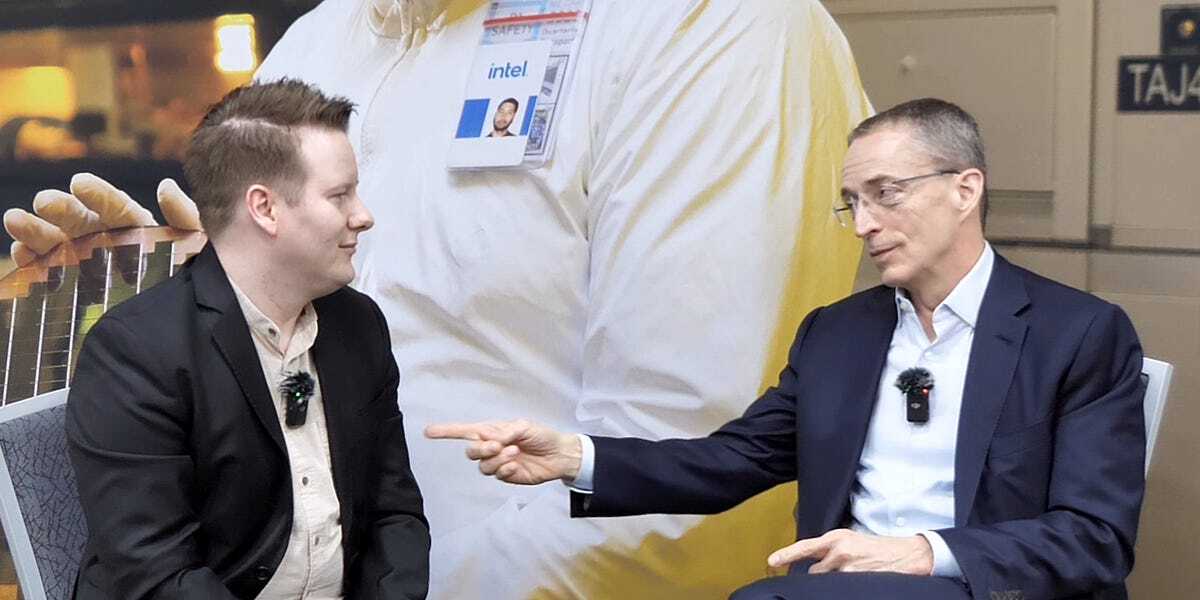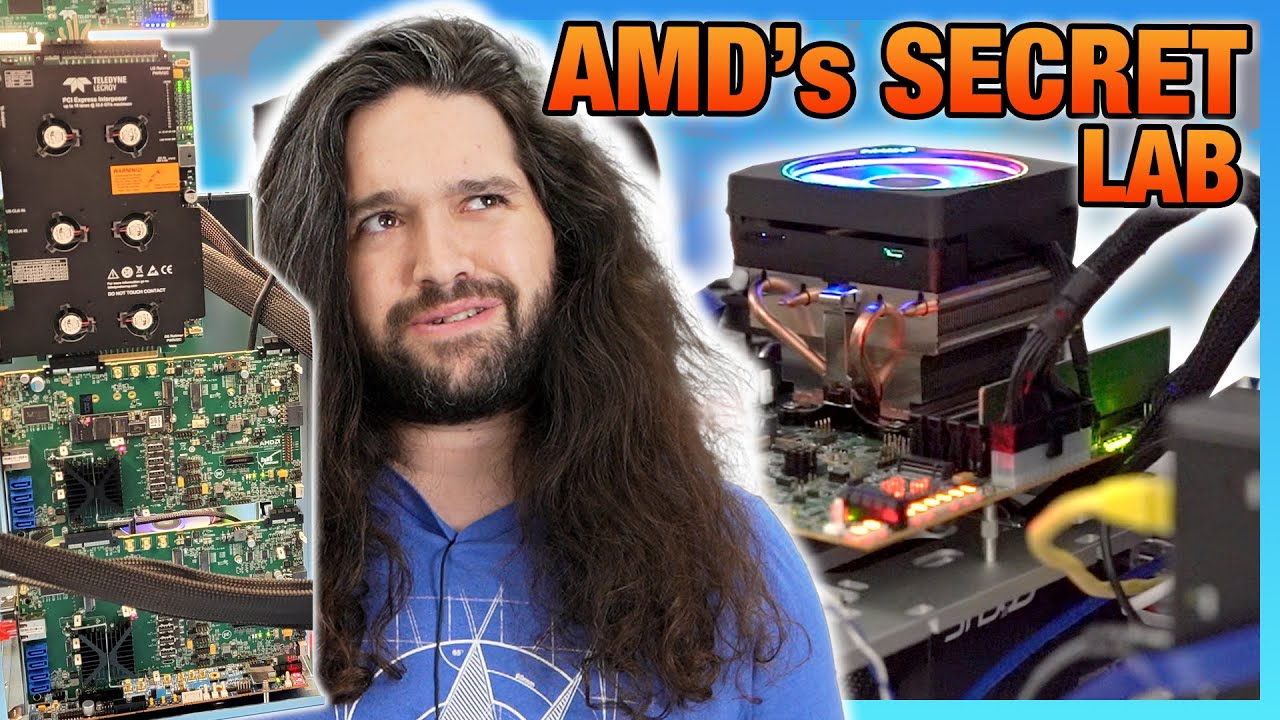That monitor will hold it back. 1080p wouldn’t be bad if modern games run without TAA blur, but most games require it. Even a cheap 144hz IPS 1440p will give you a better experience.
- 7 Posts
- 39 Comments

 1·10 months ago
1·10 months agohttps://youtu.be/2p7UxldYYZM?t=508
- Yeah. So I guess the next question for me is, does that mean that FSR four is going to be exclusive to,
- look, I would say it’s right now it has to be because of what I just said. It requires a lot of compute to be able to generate the pixels.
Just confirmed that at least on launch it will be RDNA4 exclusive. I just hope it can run on other hardware even if it is a dedicated NPU in mobile chips.

 12·10 months ago
12·10 months agoThe sum of those percentages is 87.5%. So what’s the rest, maybe import from France or Norway?

 5·1 year ago
5·1 year agoI don’t think it’s the scheduler this time with a single CCD, but there is significant difference. These tests focus on compute and productivity with almost no games, so most of the difference could come from this bias. Another possible option is the power profile (EPP balance_performance) holding back the 7700x on linux.
That’s more than enough. You can’t do any more.
As an Android flavour it should be safe after uninstalling all apps associated with the university. Did any of them need a “device owner” permission? That’s the only way to be more persistent on Android without root access.

 6·2 years ago
6·2 years agoThe mobile and TV clients are often limited to the codecs with hardware acceleration. Or just selecting a lower bitrate on the client will cause transcoding.

 8·2 years ago
8·2 years agoThe FS feature is great, it’s just cumbersome to use without a tool.
Snapper works well for a local backup like history both against botched updates and accidental deletion, but eats up the free space with the default settings.
Timeshift is an easy to use GUI but doesn’t support non-default partitions.
Also the quota support had a nasty side effect: freezing the whole system on snapshot deletion.

 11·2 years ago
11·2 years agoI think calling it a “cache” is not precise. The primary function of the DRAM is to hold the dictionary for translating logical addresses (e.g. sectors) from the OS to the physical addresses (which NAND chip, which bank etc.). This indirection is needed for the controller to do wear leveling without corrupting the filesystem.
On a SATA SSD without DRAM each read IO could mean 2 actual reads: first the dictionary to find the data and than the actual data being read. As you said HBM helps by eliminating this extra read.
The read and write caching is just a use of the remaining DRAM capacity. Since modern Operating Systems use the general RAM for the same function it is usually just a small increase to the throughput.
There is an even more relevant video of using external storage trough USB. He recommends using software raid:
Are both drives fully encrypted with LUKS? Is trim enabled in both crypttab and fstab?

 1·2 years ago
1·2 years agoThanks for the links! I updated my config from z3fold to zsmalloc and adjusted the vm.page-cluster to test these out.
Reading a bit more, I think when using large max_pool_percent (>30) with Zswap the two solutions are more similar than not. A crucial difference is what use-case is more acceptable since Zswap can cause unresponsiveness (and potential lockup) under high memory pressure. While Zram could result in an OOM crash in a similar worst-case scenario.

 2·2 years ago
2·2 years agoIt is possible, it’s just not generally supported be ISP routers. Also there is a possibility of performance issues since IPv4 NAT often relies on hardware acceleration which might not work for NAT6.

 151·2 years ago
151·2 years agoStormgate
It’s like 90% StarCraft 2 and 10% Warcraft 3. The competitive RTS part is promising but it didn’t show me anything new. Depending on the lore and campaign it may get more interesting, so far it’s neutral.
Millennia
It starts very similarly to Civ 6 with even more kinds of resources. The current version of the UI seemed confusing and the poor performance (on linux) stopped me from finishing the demo.

 10·2 years ago
10·2 years agoEven tough IPv6 is technically superior to IPv4 for the network operator it doesn’t have clear benefits for home users.
Having global addresses instead of NAT means less control over your LAN and these unique public addresses can track users more accurately.

 5·2 years ago
5·2 years agoBtrfs with compression enabled and subvolumes set.
And enable/automate maintenance services for BTRFS. For example:
balaceshould be run on heavily used system disks orscrubcould help detect errors even on single disks.ZRAM (With proper sysctl.conf like PopOS does).
Could you explain the preference of ZRAM over ZSWAP? I thought the latter was the more advanced and better performing solution. Is there some magic in Pop’s config?
Happy to help! Tough you are right, this is a rather generic error that doesn’t help much just confirms that the GPU is the issue.
At this point it could be a driver issue since there are similar open bug reports. A hardware problem is still possible since you previously said that it’s unstable on windows too, and power related issues can also lead to this error message.
Most distros use systemd and its logging solution: journald. You can use journalctl to read the logs around the time of the crash for e.g.:
journalctl -S -5mthis shows the last 5 minutes. Use this when a game crashes but the system continues working and did not reboot.journalctl -b -1 -S -10mthis shows the last 10 minutes from the previous boot. Use this if the crash froze the whole system and rebooted.
Look for red lines (errors) and what wrote them. AMD GPU faults usually have the ‘amdgpu’ mentioned, memory errors could appear as ‘protection fault’.
Did you check the system logs to see what caused it?
Many things can result in seemingliy random crashes. Any overclock (including XMP and Expo) or undervolt or even a bios version can be problematic.
I would check first if it’s stable on windows.






I’m using suspend on my desktop running Manjaro KDE. To reduce power usage it goes to sleep after 15 minutes of inactivity and wakes up on mouse or keyboard input. Aside from some flaky kernel versions and after underclocking an unstable EXPO profile it’s pretty stable, even games continue to run after wakeup.